Introduction
Blog
We want large numbers of men in Great Britain who are British subjects between the ages of 17 and 65 to come forward now and offer their service in order to make assurance doubly sure. The name of the new force which is now to be raised will be the Local Defence Volunteers.
| You may note however that some women did join the Home Guard, though this appears to be very few and far between. Predominantly women served in what were called 'auxiliary positions' such as becoming cooks, runners and telephone operators. However, many also fired weapons and wore the uniform that men in local units wore. Edith Summerskill MP relentlessly campaigned for women to have these rights. Women would also receive a certificate of gratitude for their duties from 1945 onwards, which read: |
I have received The King's command to express His Majesty's appreciation of the loyal service given voluntarily to her country in a time of grievous danger by [name] as a Woman Home Guard Auxiliary. P.J. Grigg, Secretary of State for War, The War Office, London.
http://www.nationalarchives.gov.uk/help-with-your-research/research-guides/home-guard-personnel/
http://www.wartimememories.co.uk/arpwardens.html
anyone who supposes that Captain Mainwaring of Dad’s Army is a
latter-day caricature can rest assured that Mainwaring was there.
Doyle, Peter. ARP and Civil Defence in the Second World War. Shire, 2010.
Eden, Anthony. The Eden Memoirs: The Reckoning. Houghton Mifflin Co., 1965.
Marr, Andrew. The Making of Modern Britain. Pan Books, 2010.
MacDonald Fraser, George. The Hollywood History of the World. Harvill Press, 1996.
Seaton, Andrew. 2011. 'A Forgotten Contribution: Women And The Home Guard'. Blue-Stocking. http://blue-stocking.org.uk/2011/10/20/a-forgotten-contribution-women-and-the-home-guard/.
Summerfield, Penny and Corinna Peniston-Bird. Contesting Home Defence: Men, Women and the Home Guard in the Second World War. Manchester University Press, 2007.
24 September 2015
Links
Facebook: https://www.facebook.com/familyhistorybeginners
Group Facebook: https://www.facebook.com/groups/FamilyHistory4Beginners/
Twitter: https://twitter.com/FamilyHis4Begin
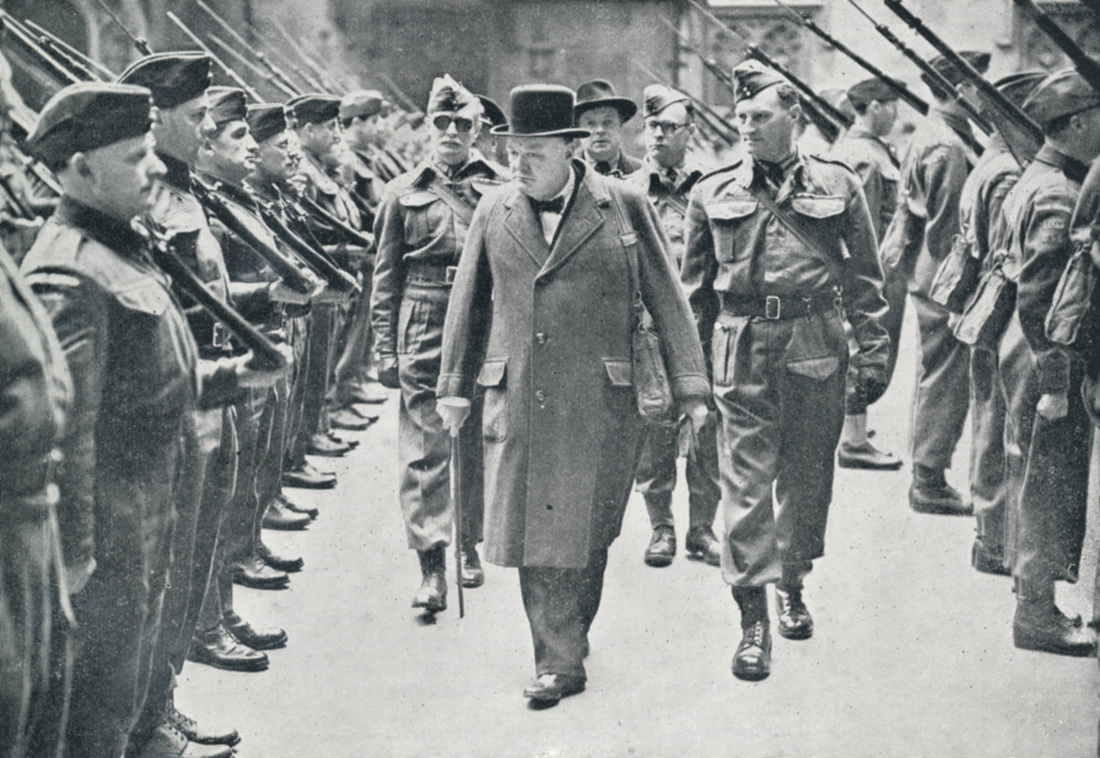
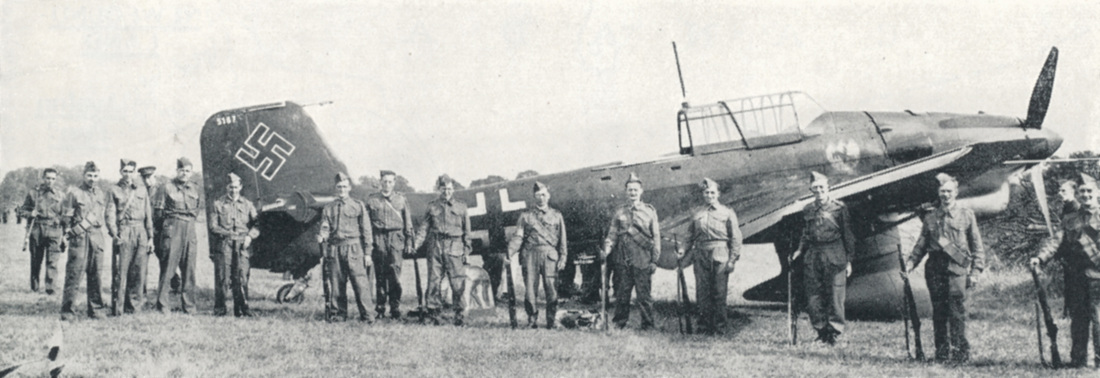
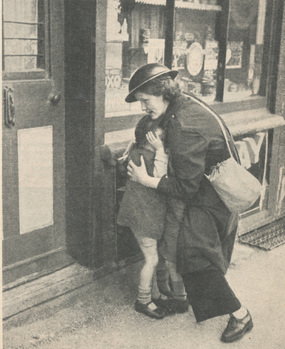
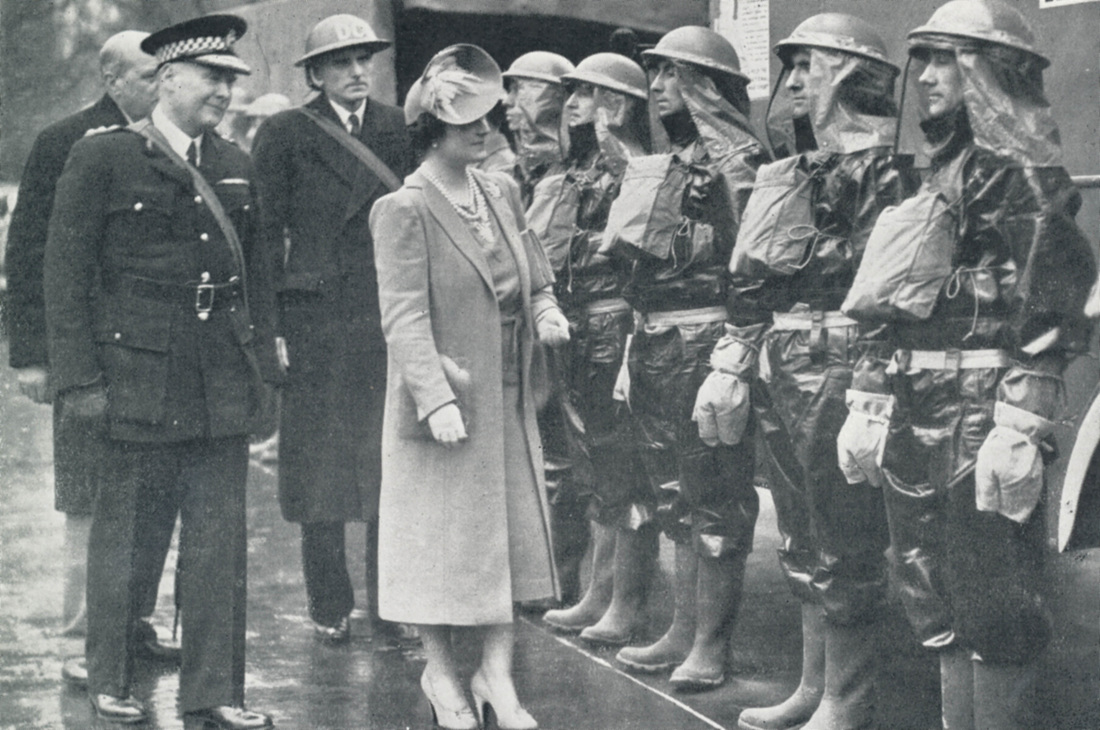
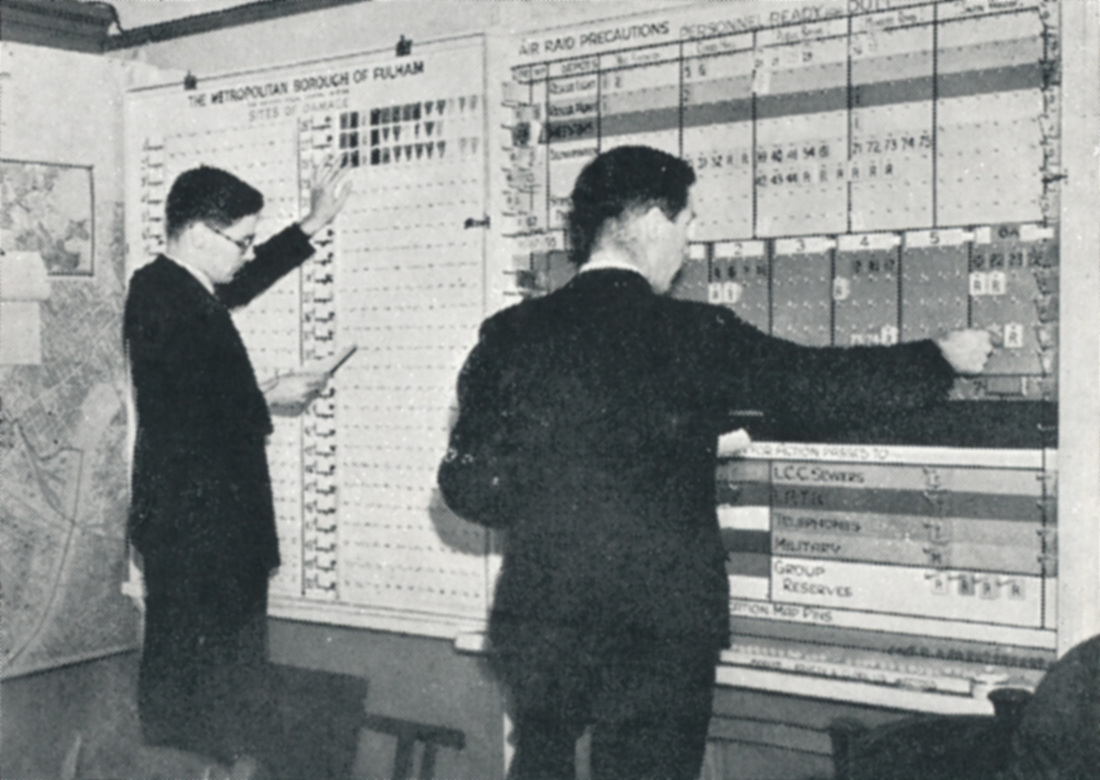
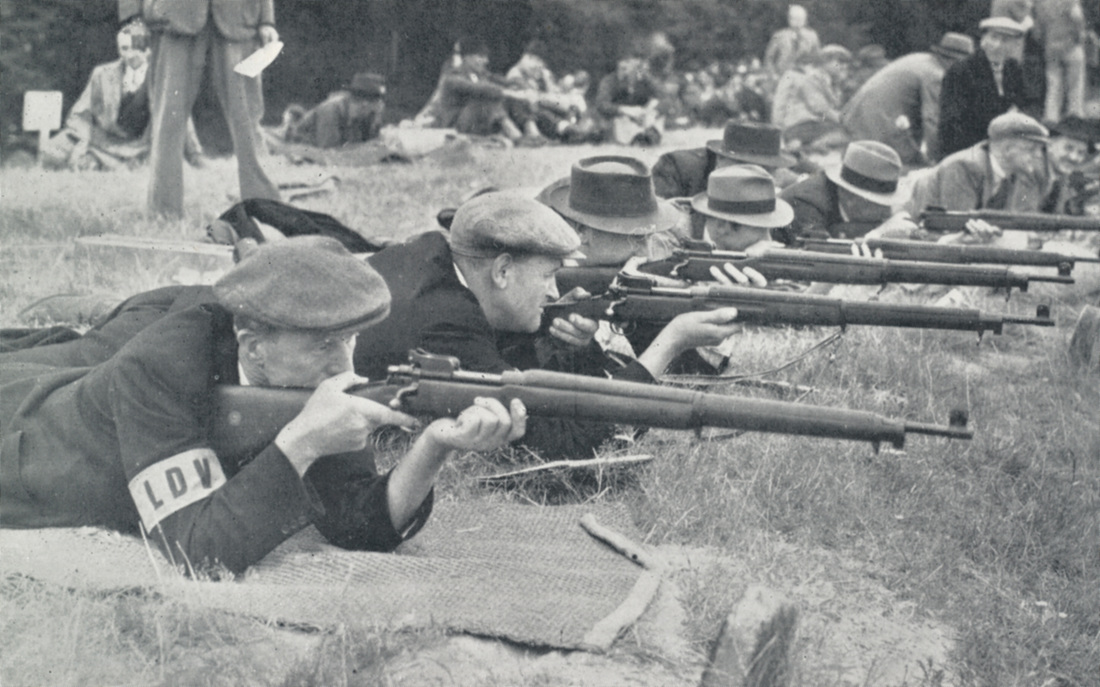
 RSS Feed
RSS Feed
